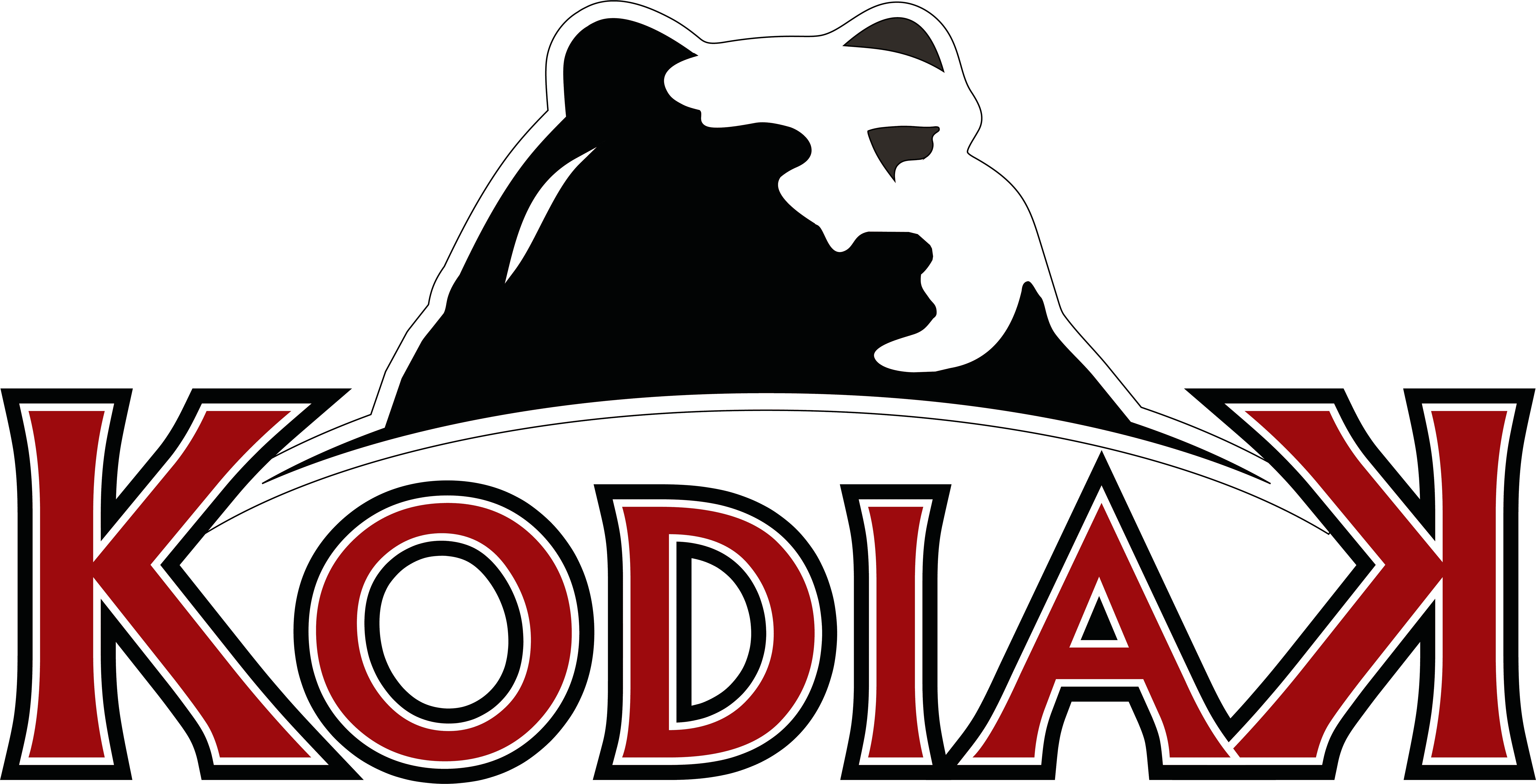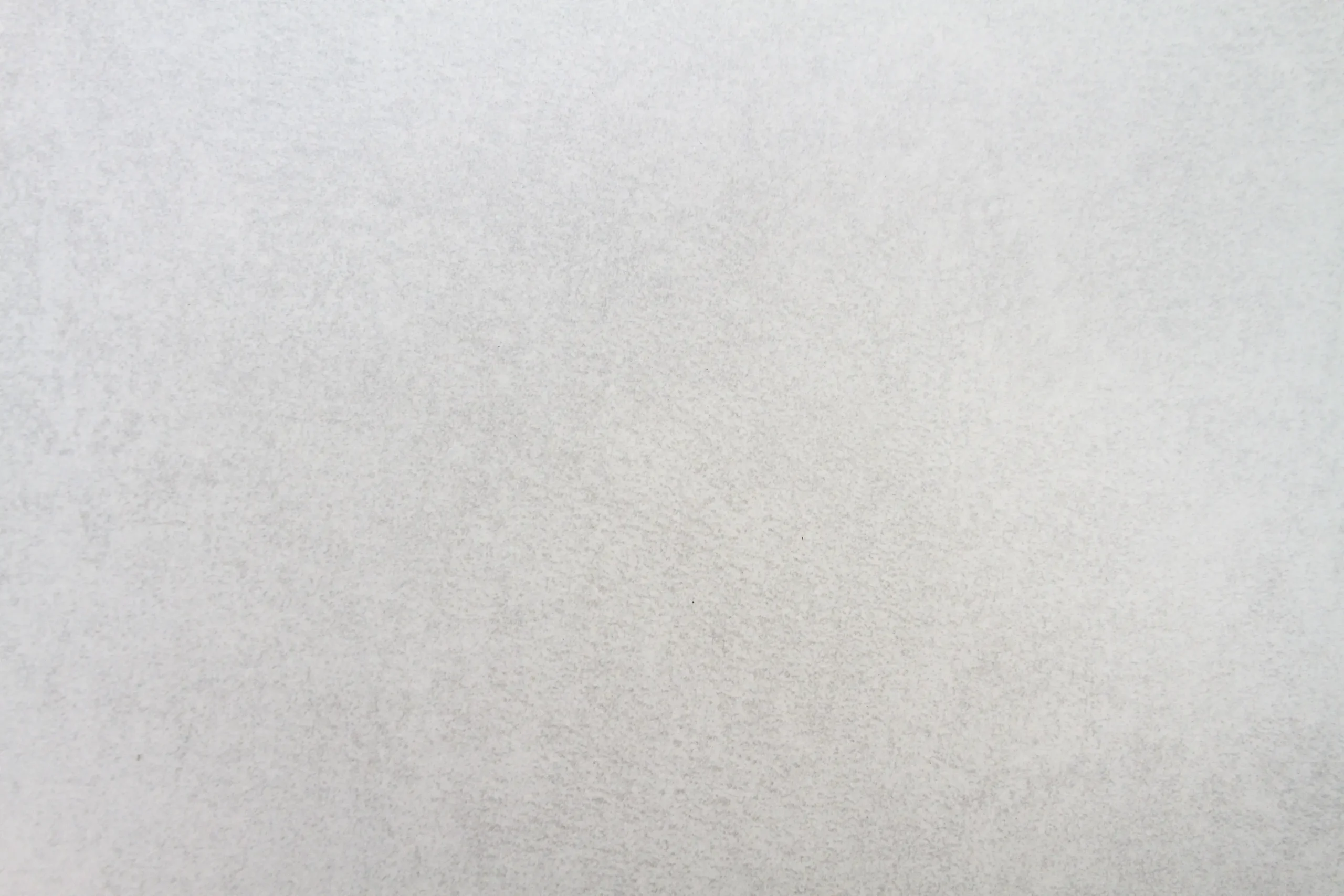Your commercial roof does more than shield your building—it protects your people, equipment, and bottom line. But even the strongest roofing systems wear down over time, and knowing when it’s time for a commercial roof replacement can help you avoid expensive emergency repairs, safety hazards, and operational disruptions. In this guide, we’ll walk you through the signs of roof failure, explain when a repair might no longer be enough, and help you confidently plan your next steps.
How Long Should a Commercial Roof Last?
Before considering a commercial roof replacement, knowing how long different commercial roofing systems are designed to last is important. Your roof’s lifespan depends heavily on material type, installation quality, exposure to the elements, and regular maintenance.
Here are the general industry averages:
- TPO, PVC, and EPDM: These typically last 15–30 years with proper installation and maintenance
- Metal roofs: Up to 50 years
These numbers can vary. A well-maintained roof can reach the upper end of these timelines, while a neglected one may need early replacement. Understanding where your current system stands in its lifecycle can help you plan for replacements well in advance, minimizing disruption and protecting your capital budget.
Signs That Your Commercial Roof May Be Beyond Repair
Spotting problems early can help you act before they escalate into costly damage. Still, a simple patch or repair cannot fix every issue. Some signs point to a roof that has reached the end of its useful life, and trying to extend it may only delay the inevitable and increase costs. Understanding when a problem is manageable and a symptom of something bigger can help property managers make smarter, more informed decisions that protect the building and its budget in the long run.
Here are the most common red flags that suggest it may be time for a commercial roof replacement:
1. Persistent Leaks or Water Intrusion
A single leak doesn’t always mean replacement, but if your roof is constantly leaking or you’re making the same repairs multiple times, that’s a strong indicator the system is failing. Water damage often exceeds what you see, affecting insulation, ceilings, drywall, and electrical systems. Chronic leaks can lead to mold growth, which poses health risks and may result in costly interior remediation. Plus, saturated insulation loses its effectiveness, driving up heating and cooling costs.
The longer leaks continue, the more expensive the damage becomes—not only in repairs but also in operational disruption and liability exposure.
2. Ponding Water and Drainage Issues
Flat commercial roofs often face drainage challenges. If you notice standing water that lingers for more than 48 hours after rain, your roof may have underlying slope or drainage issues. Over time, ponding water degrades the membrane, weakens seams, and increases the load on your building’s structure. If left unresolved, this can lead to premature aging of materials and even cause structural fatigue.
Frequent ponding is a major red flag indicating that your roof system may no longer be functioning properly and could soon require full replacement to avoid failure.
3. Widespread Membrane Damage
The roofing membrane is the first line of defense against water, UV rays, and physical wear. If you see large areas with blisters, cracks, splitting seams, or missing sections, your roof can no longer protect the building. This damage leaves the roof vulnerable to leaks, energy loss, and more serious deterioration of internal layers. In addition, damaged membranes often allow water infiltration that isn’t immediately visible, leading to rot in insulation and decking below.
While isolated membrane issues can often be repaired, widespread damage is typically too extensive, and replacement is the smarter, more economical option.
4. Sagging or Uneven Roof Surfaces
Visible dips or uneven surfaces are often signs of water damage or structural issues beneath the membrane. These sagging areas can trap moisture, strain the roofing system, and eventually compromise the integrity of the deck. If insulation becomes compressed from long-term exposure to water or weight, the roof may no longer drain properly, increasing risks with every storm. Sagging is more than an aesthetic concern—it’s a serious warning sign of potential failure.
These types of structural concerns usually point to a roof that’s well past the point of repair and in need of full replacement.
5. Your Roof Has Reached or Exceeded Its Expected Lifespan
If your commercial roof is nearing the end of its expected life, especially when combined with one or more of the issues above, it’s time to think seriously about replacement. Older roofs are more susceptible to recurring problems, and materials tend to degrade more quickly with age. Continued patchwork may provide short-term relief, but those costs add up. You also risk losing warranty coverage if the roof is beyond its useful life.
In each of these situations, investing in a replacement is likely the best long-term decision. Taking action early helps reduce the chance of major damage, keeps occupants safe, and preserves the value of your building.
Repair or Replace? How to Tell the Difference
It’s not always clear whether a roof problem can be fixed or if it signals deeper issues. Understanding the difference can help you make smarter investments and avoid spending on temporary solutions when a long-term fix is needed.
In general, repairs may be the right option if:
- The damage is localized to one small area
- The membrane is still in good condition overall
- The roof is relatively young and under warranty
However, a commercial roof replacement is often the better choice when:
- Repairs are happening more frequently
- You’re dealing with multiple leak points
- There are signs of structural issues or trapped moisture
- Repair costs are approaching 25% or more of the replacement cost
Choosing between repair and replacement isn’t always easy. That’s why professional inspections are so important.
When to Schedule a Roof Inspection
A professional inspection helps determine the true condition of your commercial roof. It gives you a clear understanding of your options and helps you plan capital improvements with confidence.
Consider scheduling a roof inspection if:
- Your roof is more than 15 years old
- You’ve had recent leaks or water damage
- You’re noticing sagging, ponding, or damaged membrane areas
- You want to evaluate your budget for future repairs or replacements
Inspections often include a full walkthrough, a report with photos, moisture scanning, and core sampling. At the end, you’ll receive a condition assessment and recommendations for maintenance, repair, or replacement.
Commercial Reroofing: A Middle Ground Solution
When your roof isn’t a candidate for spot repairs but doesn’t need a full tear-off, commercial reroofing may be a smart alternative. Reroofing involves adding a new layer over the existing system (if the structure allows), offering a cost-effective solution with less disruption.
Benefits of commercial reroofing include:
- Reduced labor and disposal costs
- Faster installation
- Extended roof life at a lower price point
Reroofing isn’t right for every situation. Your contractor will evaluate factors like weight limits, code compliance, and the condition of the existing layers before recommending it..
Don’t wait for a roofing emergency. Learn what your roof needs with preventative maintenance from Kodiak Roofing & Waterproofing.
Why Waiting to Replace Your Roof Can Cost You More
Delaying necessary commercial roof replacement may seem like a way to save money in the short term, but it often leads to higher costs down the road. The longer a failing roof remains in place, the more likely it is to cause interior water damage, mold growth, and structural deterioration.
Postponing replacement can result in:
- Higher energy bills from lost insulation value
- More frequent and costly emergency repairs
- Damage to valuable equipment, inventory, or tenant spaces
- Increased insurance claims and potential coverage issues
Replacing your roof at the right time helps avoid these risks and ensures you’re investing in your property’s long-term stability.
Repair or Replace Your Roof With Kodiak Roofing & Waterproofing
If you’re unsure whether your roof needs repair or replacement, Kodiak Roofing & Waterproofing can help. Our team specializes in diagnosing roofing systems, providing accurate assessments, and delivering high-quality commercial roof replacement solutions across a wide range of industries. Contact us today to discover how our commercial roofing services can add life to your roof.

